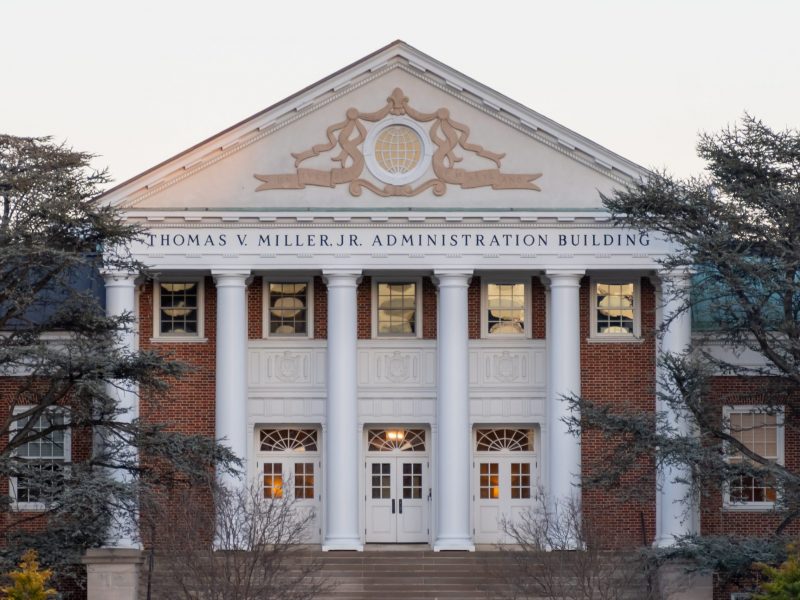The state’s largest academic supercomputer, which this university and Johns Hopkins University jointly manage, is at its final testing stage and will operate in full scale later this month.
The Maryland Advanced Research Computing Center — one of the largest supercomputers in the country — will provide unprecedented research support for science projects at both universities with $30 million in state funding, according to the center’s website. The project began in November 2014.
The supercomputer is located in a 3,786-square-foot building at the edge of the Johns Hopkins Bayview Medical Center campus in Baltimore and has fiber-optic cable connections to the two campuses, which allow researchers to access the computing center remotely, according to a university news release.
The center “will provide high-performance resources like compute cycles and large amounts of storage,” said Jaime Combariza, a Johns Hopkins computational chemist and the project’s director. “As researchers have access to more computing power, they can study larger, more complex problems.”
Although the center is only available to the two campuses currently, expanded access to other institutions in this state is anticipated, Combariza said.
The new center will be an advance over the current largest supercomputer in this state and this university’s first supercomputer: Deepthought2, which has more than 19,000 processors and a storage capacity of 17 million gigabytes. The processing speed of the center will double that of the on-campus supercomputer, said Johan Larsson, a mechanical engineering professor at this university and a scientist who works with the center.
Before this university introduced Deepthought2 in May 2014, he and other researchers used small computing facilities to assist their studies, Larsson said.
“All of the graduate students in my group use the Deepthought2 machine to conduct their research, and now we have planned for more comprehensive and more detailed scientific studies using MARCC,” Larsson said.
He said one of the upcoming studies is an investigation into how turbulence in the flow of a gas over a solid surface is modified when the surface is strongly cooled. The center will provide deeper insights to this fundamental science that is still in its earlier stages and will hopefully support the researchers’ theoretical description, Larsson said.
Other science projects the center will facilitate in the near future include genomics data analysis and molecular dynamics simulations for material science, Combariza said.
“In recent years, the rapid evolution of big analytics technology has vastly expanded the ability of researchers to discover new knowledge in almost every discipline,” said Patrick O’Shea, vice president for research and chief research officer at this university. “To transform knowledge and improve human lives requires expanding the computing resources available to researchers. This new, joint supercomputing center will do just that.”


